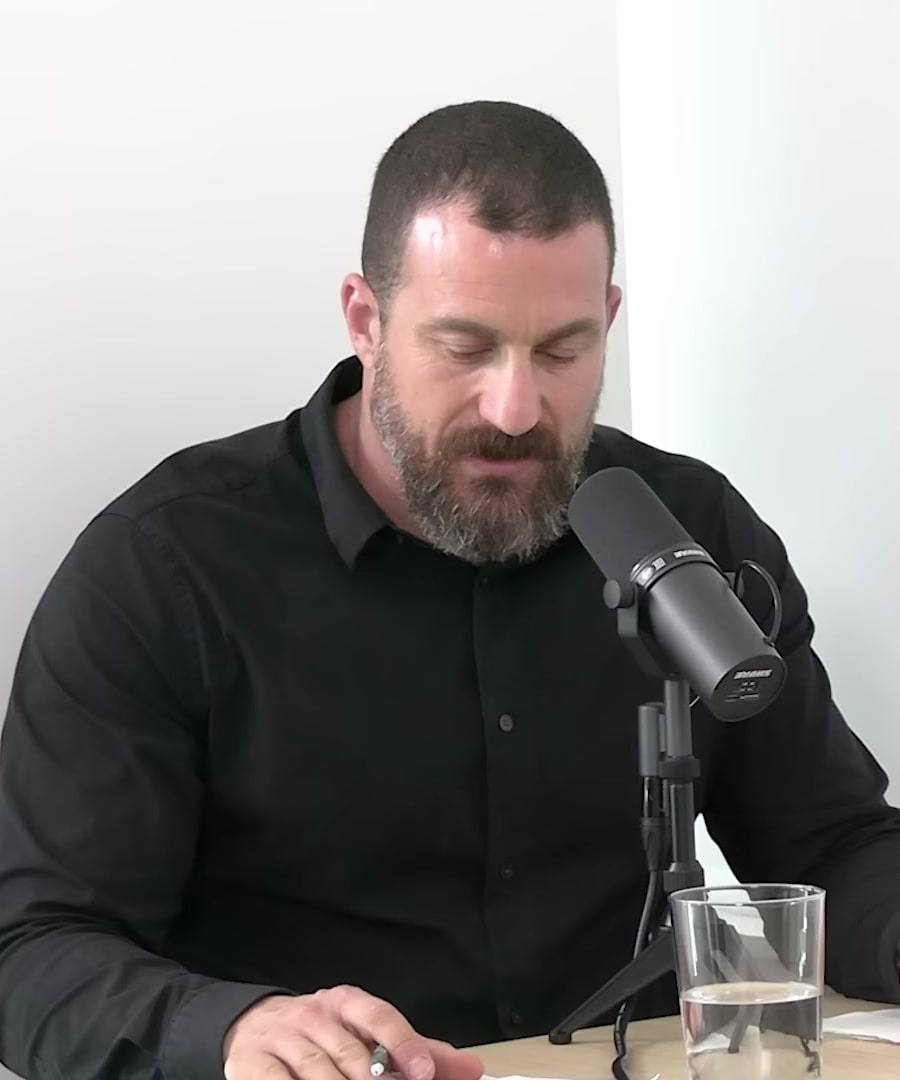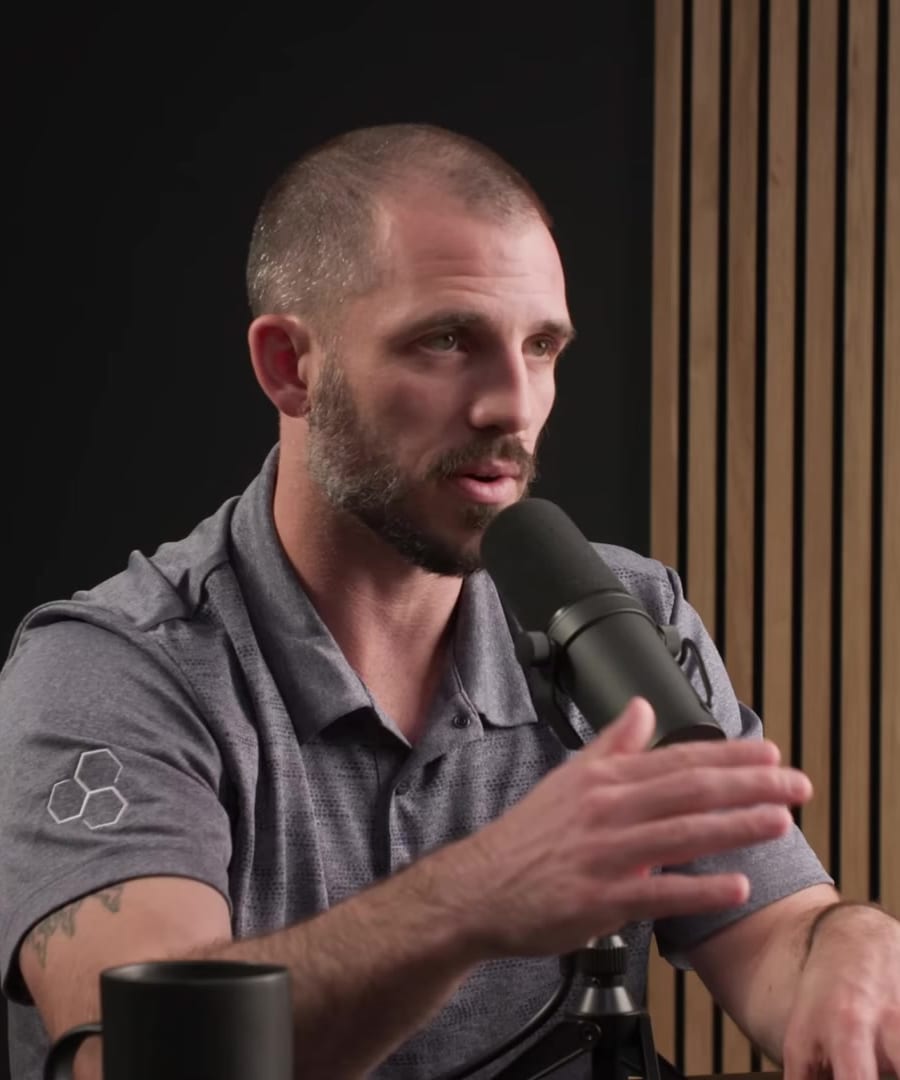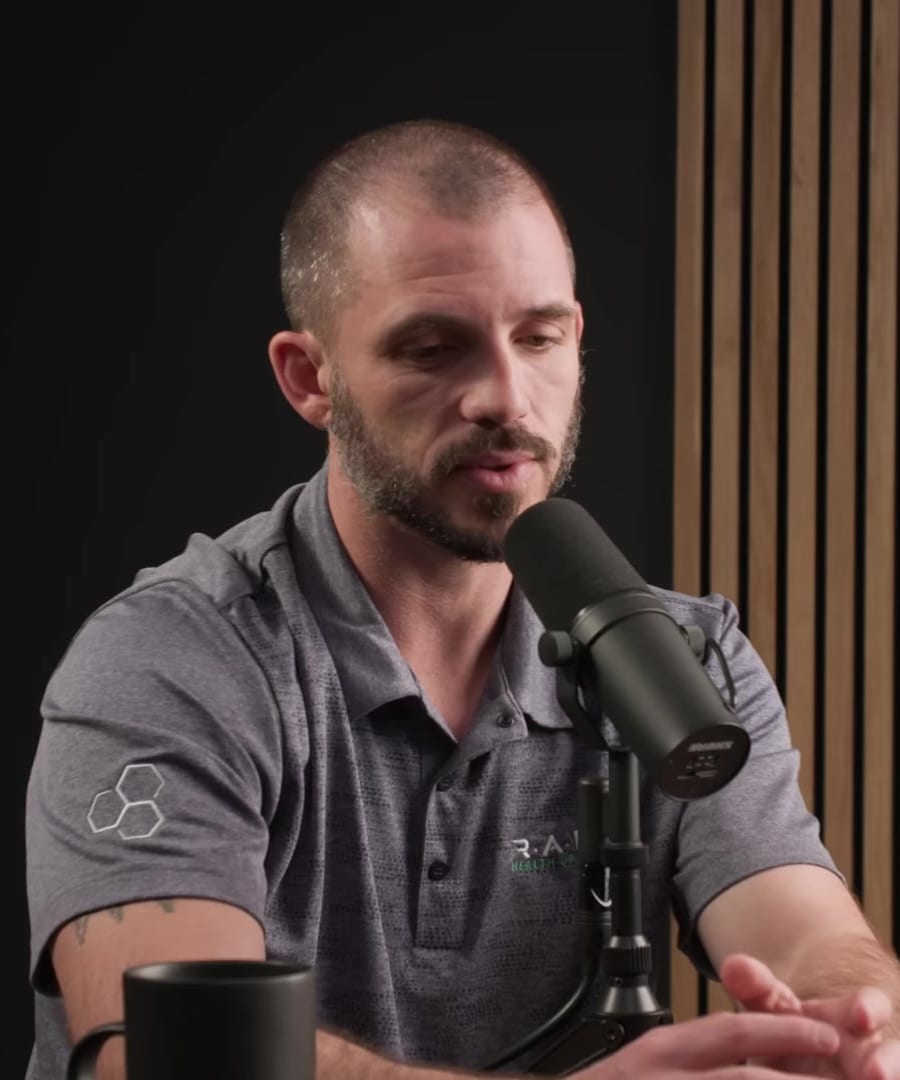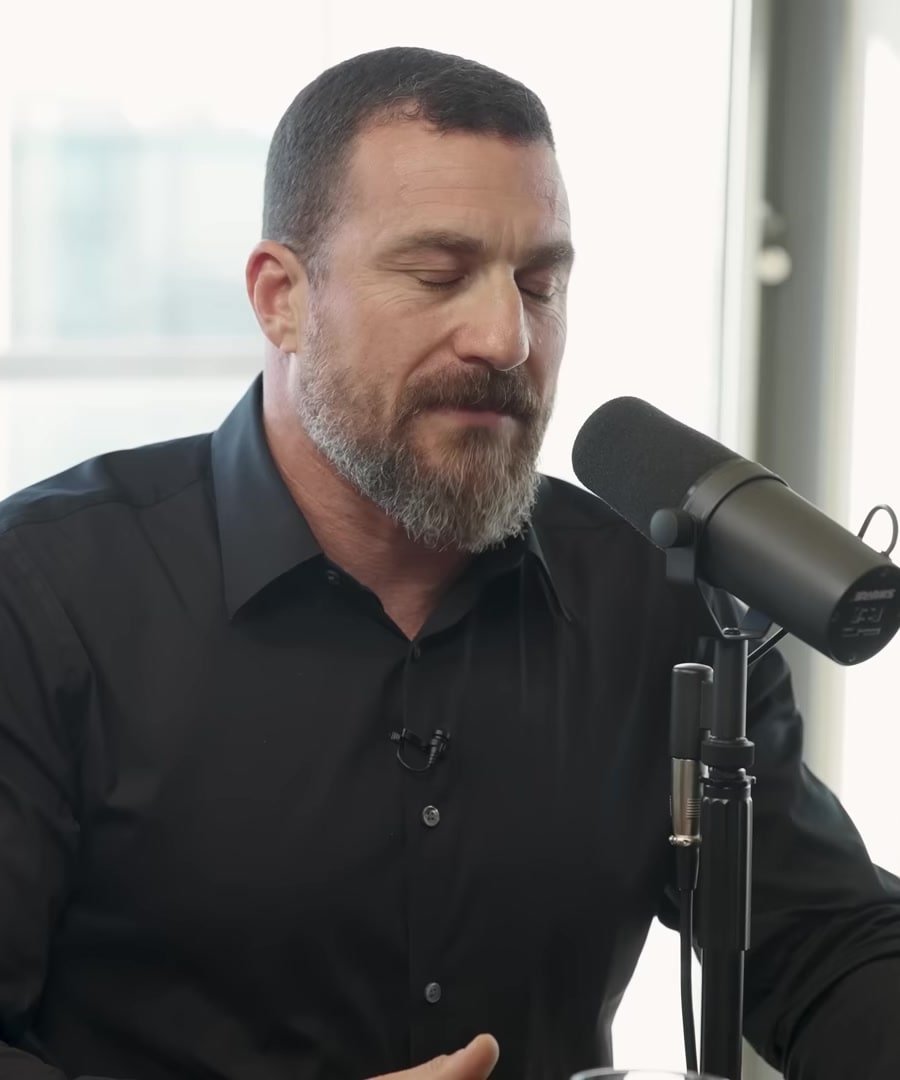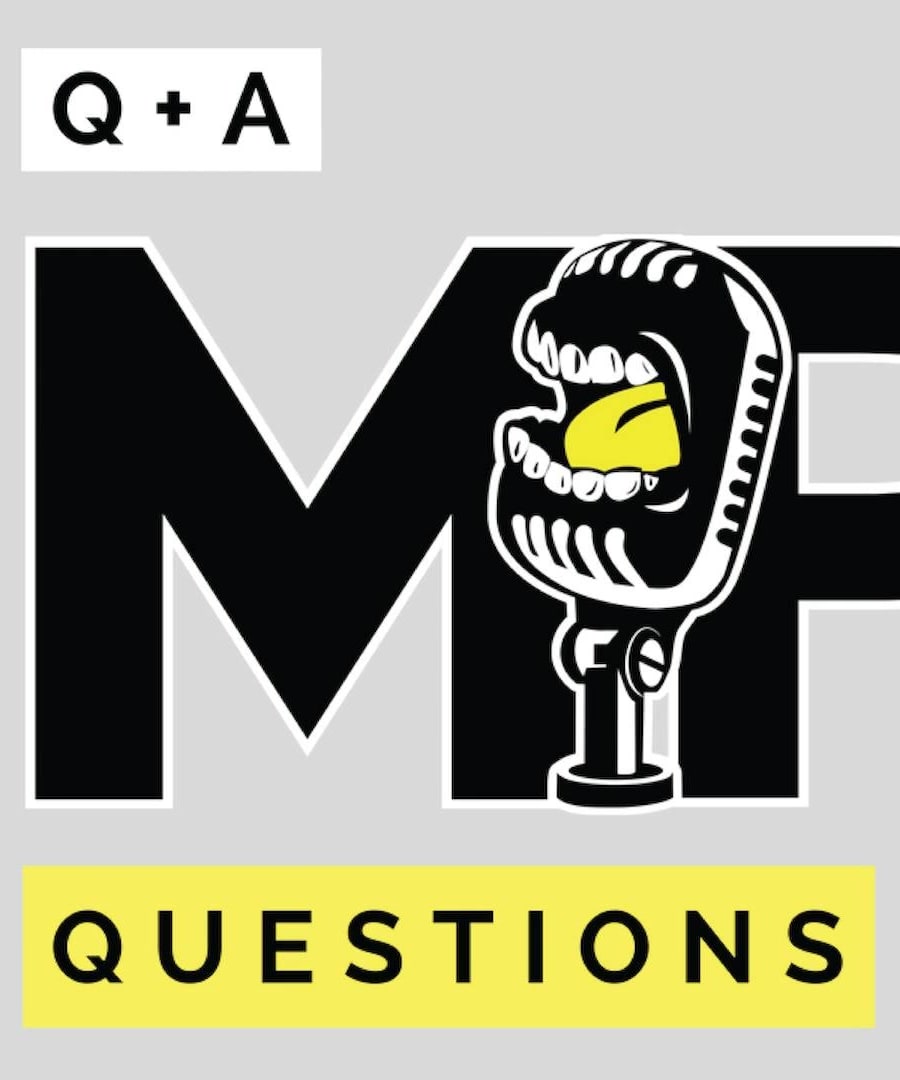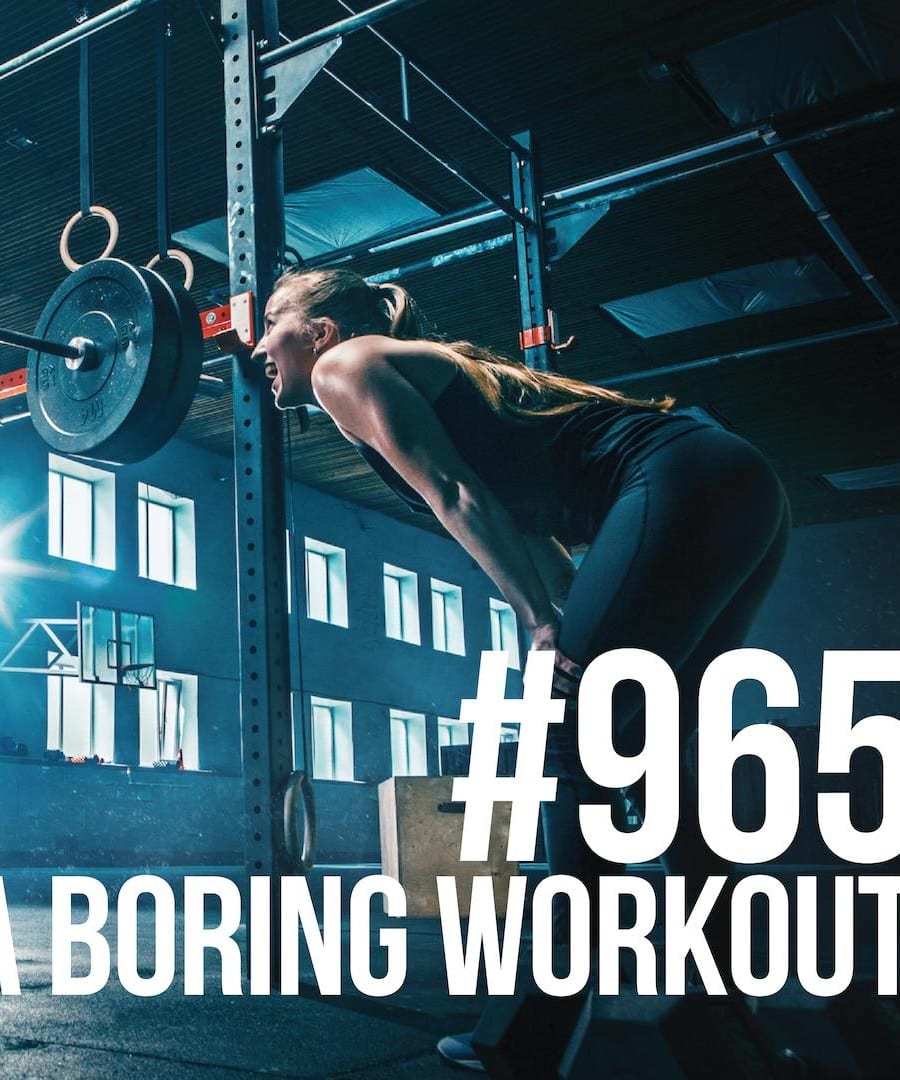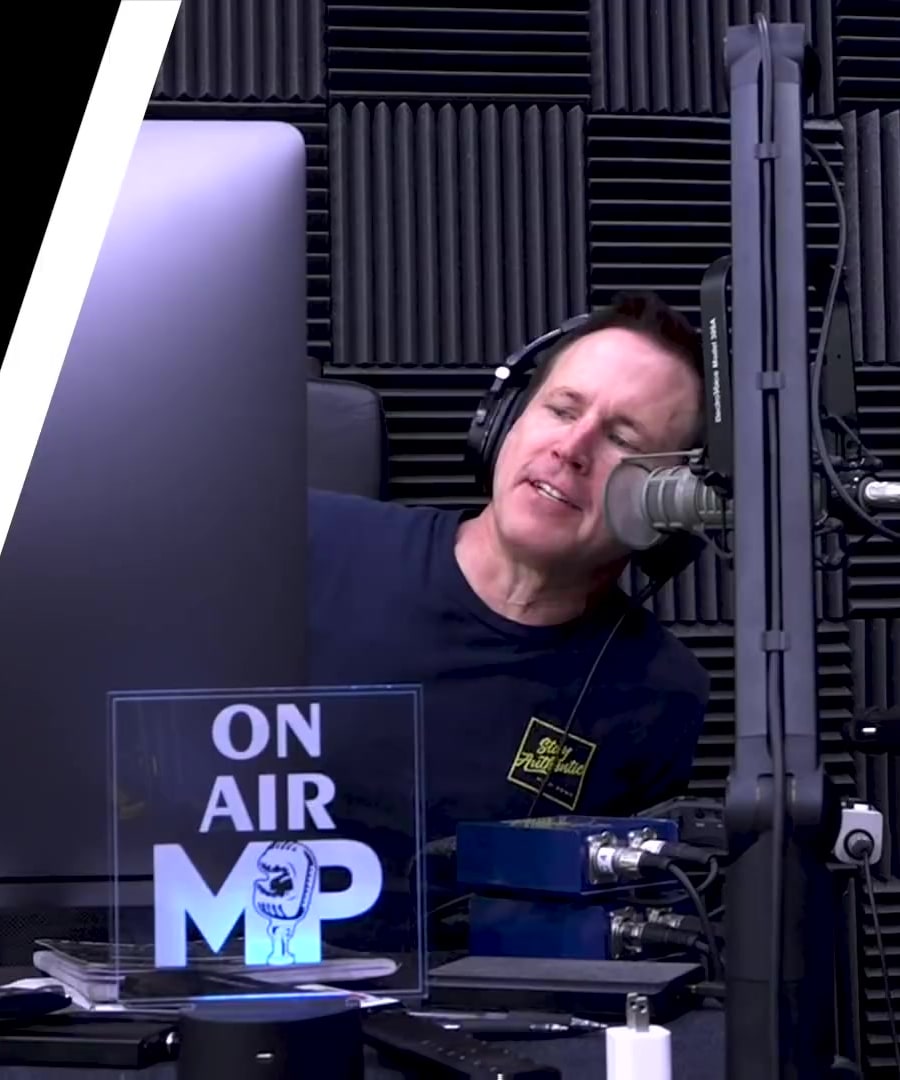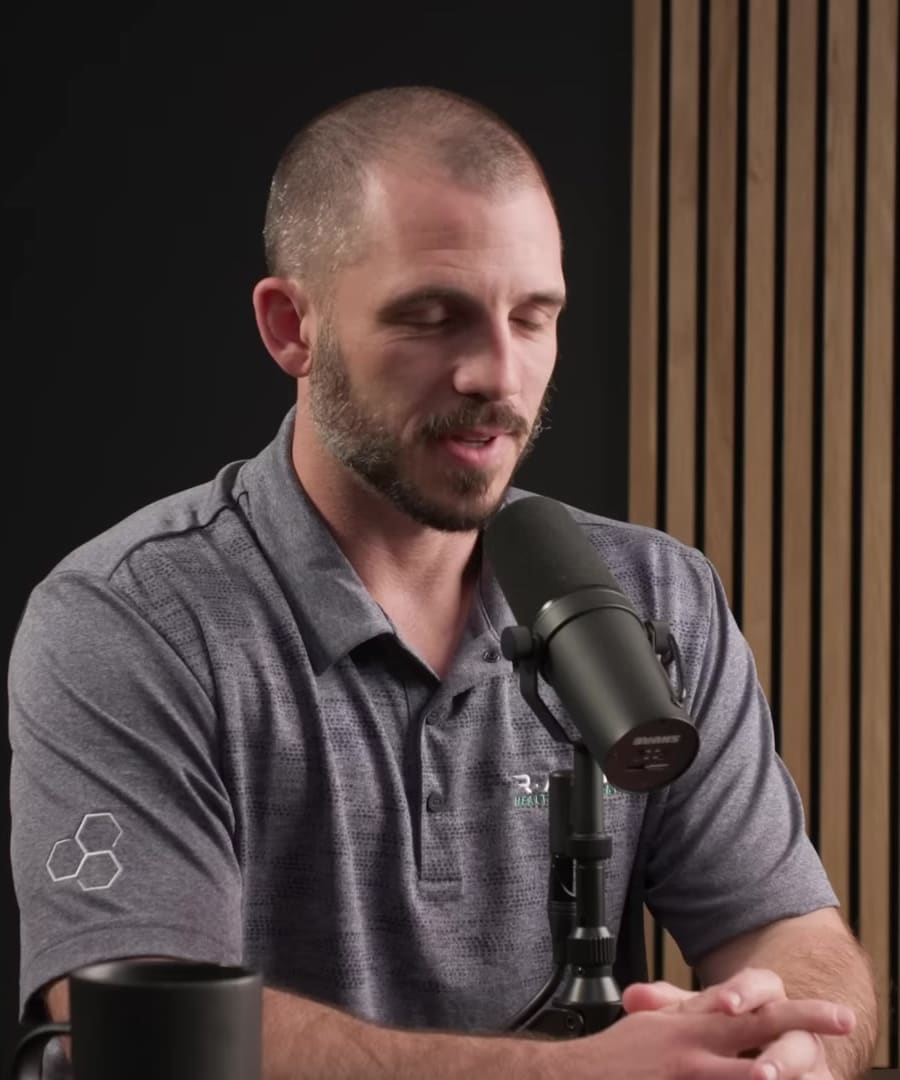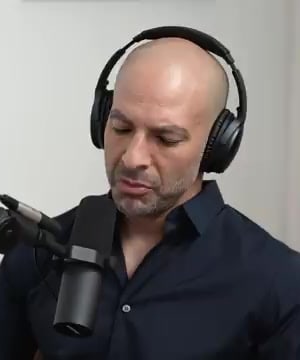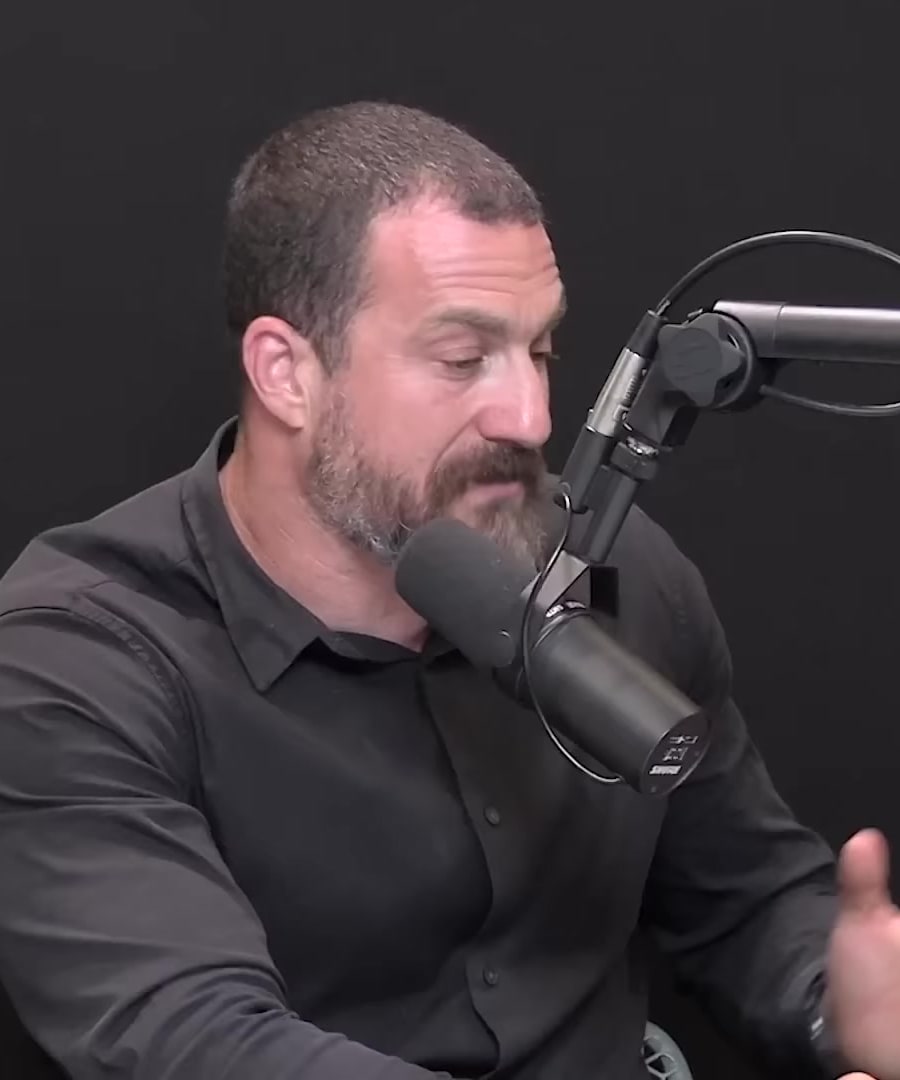andrew huberman best workout split
Sources:
and discussed workout splits in depth on the . They covered several types of workout splits, including full body workouts three days a week, push-pull-legs, and what is known as the "bro split," which involves focusing on one muscle group per day. The key takeaway is to choose a workout split that you will stick to, fitting within your schedule and preferences. For example, a push-pull-legs routine can be done one cycle through a week on Monday, Wednesday, and Friday, or twice in a week for a more frequent six-day training schedule. Additionally, the bro split, which focuses on one muscle group a day, is often preferred for its simplicity and the ability to concentrate on one area at a time 1 2.
also shared insights on workout planning on the , emphasizing the importance of flexibility in scheduling workouts to accommodate for life's unpredictability. He mentions that it's alright to shift workouts to different days as needed, preserving consistency in training even when the schedule cannot be perfectly adhered to 3.
In another episode, explains the importance of training the torso on Wednesdays for both strength and aesthetics, as part of his weekly fitness protocol. This includes exercises that strengthen the chest, shoulders, and back, which he believes leads to systemic effects and improves overall health and balance 4.
To maintain overall health, strength, and cardiovascular health, suggests a 60-40 split between resistance training and conditioning. This could be implemented as three days of strength training and two days of conditioning per week 5.
Overall, there is no one "best" workout split; it highly depends on individual goals, lifestyles, preferences, and the capacity for recovery and consistency. The expert advice converges on the need for personalizing fitness routines for them to be effective and sustainable.
Describe the bro split and its benefits
Sources:
The "bro split" is a workout routine where each training day is dedicated to exercising one specific muscle group. For example, you might work on chest on Monday, back on Tuesday, and so on. The benefits of a bro split routine mainly revolve around aesthetic goals rather than strength goals, enabling individuals to maximize the development of each muscle group. This type of workout schedule allows for a high volume of exercise per muscle group, a solid muscle group focus, and adequate recovery time for each muscle between workouts since each group is targeted only once per week.
During the , explained that while there might be more efficient ways to train, the bro split is popular because it allows individuals to focus on one muscle group at a time, achieve a pump for that muscle, and is generally enjoyed by those who follow it. He also noted that it can be a good choice for those who have the goal of improving their physical appearance and are able to maintain consistency in their workouts 1.
It is also worth noting that adherence to any workout program is critical. The best workout split is one that fits with your lifestyle and preferences, and that you are able and willing to stick to consistently. This point was emphasized by when he mentioned the importance of choosing a training split that you can bring intensity to and can maintain on a regular basis 1.
Keep in mind that the effectiveness of any workout routine, including the bro split, heavily depends on factors like nutrition, rest, and overall lifestyle habits, as mentioned by during the 2.
andrew huberman best workout split
Sources:
has discussed various workout splits and the considerations for choosing the right workout structure on the . Here are some of the key points:
-
Flexibility in Scheduling: The importance of being able to adjust your workout schedule to accommodate factors like sleep and recovery, suggesting the benefits of not being rigidly attached to a specific day for each workout. The concept is to get a rounded workout regimen—whether that's spread over four days or three days a week—allowing for adjustments as needed 1.
-
Efficient Training: A three-day split that includes speed, strength, hypertrophy, and endurance was outlined, emphasizing the use of whole-body exercises that could be completed in under 60 minutes 2.
-
Training the Torso: He describes a routine that includes torso resistance training, incorporating pushing and pulling exercises for the chest, shoulders, and back on Wednesdays, noting the efficiency and systemic health benefits of training these muscle groups together 3.
-
Adhering to What You'll Stick To: The discussion with highlighted the importance of finding a workout split that fits an individual's schedule and one they'll adhere to, even mentioning the traditional Bro split can be effective for aesthetics if that aligns with the individual's goals 4.
-
Equal Focus on Strength and Conditioning: For overall health, aesthetics, and athletic performance, a 60-40 split between resistance training and conditioning is suggested, with three days of strength training and two days of conditioning per week 5.
-
Daily investment in foundational elements: On , Dr. Huberman emphasized the importance of daily investment in sleep, nutrients, exercise, light, and relationships for optimal performance and focus. The approach is not about specific workout splits, but about consistently investing in these foundational elements for health 6.
It's important to consider individual recovery capacity, lifestyle, and training goals when choosing a workout split. Consistency, recovery, and personal preference are key factors Dr. Huberman highlights when discussing workout regimens.
-
difference stamina and endurance
Sources:
Stamina and endurance are terms often used interchangeably, but they refer to different aspects of physical capacity:
-
Endurance refers to the ability of your body to perform a physical activity over a prolonged period. It is the capacity for sustained effort and can be associated with long-distance running, swimming, or cycling. It involves the efficiency of the body's energy systems and how well you can maintain a certain level of intensity for an extended time.
-
Stamina, on the other hand, is more about sustaining higher levels of short bursts of exertion and the body's ability to resist fatigue in the face of repeated efforts or stress. It is often associated with activities that require intense, short-duration exertion such as heavy lifting or sprinting.
The host of the explained that if your body is adapting to have more endurance and stamina, it is becoming more efficient with energy which results in smaller muscles, as you don't need a lot of strength for endurance and stamina therefore, you don't need lots of muscle. However, strength training requires larger muscles, making the body burn more calories and become less efficient with energy 1.
Similarly, on the , discussed endurance in both physical and mental aspects. He stated that physical endurance means being able to function effectively when tired or in pain, while mental endurance is the ability to think straight under those same conditions. Demonstrated endurance is respected, and conversely, a lack of endurance could be mistaken for a lack of courage. Jocko also provided some tips on how to increase endurance, such as avoiding excesses that lower stamina and keeping fit through exercise and diet 2.
also noted the importance of stamina in training for performance or as an athlete, where the goal is building a bigger gas tank to maintain abilities and performance under stress 3.
In summary, endurance is about how long you can keep going at a certain level, while stamina focuses more on your ability to exert high-intensity effort repeatedly with minimal reductions in performance. Both are important for overall physical fitness, but serve different purposes depending on the activity involve
-
rest between sets
Sources:
Resting between sets is crucial to the recovery of your muscles' ability to perform on subsequent sets. The rest periods can be tailored to your goals, and the experts have offered advise on how to optimize them:
-
Resting between sets allows for replenishment of energy stores (ATP) and helps ensure you can lift effectively for the following set. The right balance avoids cardiovascular fatigue and maintains the intensity required for muscle growth. For heavy multi-joint exercises like squats, longer rest periods may be necessary due to the larger oxygen debt created 1.
-
Rest periods impact exercise outcomes, with longer rests allowing for heavier lifting and shorter rests creating more lactic acid and a greater pump. from the suggests tracking rest periods to understand your current state before attempting to manipulate them for specific goals 2.
-
Dr. Brad Schoenfeld emphasizes that shorter rest periods can compromise hypertrophy if they lead to reduced volume load. Resting appropriately between sets is essential if you're aiming to build muscle 3.
-
and , also from , explain that the ideal rest period can range from 30 seconds to three minutes, depending on the training goals 4. However, excessive activity or work during rest periods, such as scrolling on your phone or performing additional exercises, can negatively affect the quality of your workout 5.
-
To summarize, rest periods should be long enough to allow for both physical recovery and maintenance of workout intensity, but not so long that they lead to suboptimal training outcomes. The specific duration may vary based on the exercise performed and individual training goals. A balanced approach that does not overly focus on one energy system is beneficial. If working on muscle hypertrophy, a two-minute rest period might be a good starting point, but one can also experiment with longer rest periods as long as they maintain the workout challenge 6.
-
what is protein synthesis
Sources:
Protein synthesis is a biological process in which cells build proteins. This process is essential for many functions in the body, including the repair and growth of tissues, and it occurs at the cellular level. Here's an expert explanation of protein synthesis:
-
Transcription and Translation: According to , the process begins with transcription, where the DNA's instructions for a specific protein are copied onto RNA. The RNA then carries this "recipe" into the cytoplasm, where ribosomes translate the RNA sequence into a string of amino acids—the building blocks of proteins 1.
-
Circadian Rhythm and Muscle Cells: notes that DNA inside muscle cells, and indeed in all cells, is under strong circadian regulation, suggesting that the time of day might influence protein synthesis. This circadian control can affect when it's most effective to consume protein for muscle synthesis 2.
-
Role of Amino Acids: describes how proteins in our body are constantly being broken down and rebuilt. The process of protein synthesis uses amino acids obtained from the diet to create new proteins, such as muscle tissue or enzymes. Amino acids can be classified into essential and nonessential, with the essential amino acids being crucial for initiating protein synthesis 3.
-
Leucine and mTOR Signaling: Leucine, one of the branched-chain amino acids, is particularly important for muscle protein synthesis. Layne Norton discusses how leucine triggers the mTOR signaling pathway which, in turn, affects the initiation of protein synthesis. This relationship underlines the importance of leucine-rich proteins or supplements for muscle growth 4.
-
Muscle Hypertrophy and Protein Synthesis: explains that hypertrophy involves protein synthesis, where the body adds more contractile units (myosin and actin) to muscle fibers. This process is dependent not just on resistance training but also on the presence of amino acids in the body. Thus, ingesting protein can activate protein synthesis independently of exercise 5.
Understanding protein synthesis can help in various applications, such as developing a diet for muscle growth or recovery, and for medical and scientific research into how the body functions at the biological level.
-
whats the best moment to sleep
Sources:
The best moment to sleep can depend on age and individual circadian rhythms, but here are some insights provided by trusted experts:
-
Optimal Sleep Timing: recommends aiming for the "money time" sleep which is between 10:00 p.m. and 02:00 a.m. This time frame is associated with the greatest increase in melatonin and secretion of human growth hormone, both of which are vital for recovery and anabolic growth 1.
-
Impact of Modern Lifestyle: emphasizes the importance of sleeping before midnight and suggests that the most restful and beneficial sleep happens before 12:00 a.m. Modern habits of staying up late and facing screens can shift and delay our circadian rhythm from its natural schedule 2.
-
Early Riser Habits: discusses a study that advises having consistent sleep and wake times, exercising preferably before 2:00 p.m., and avoiding naps after 4:00 p.m. These habits can contribute to becoming an early riser and can potentially help shift your sleep schedule earlier, making it easier to fall asleep at night 3.
-
Avoiding Bright Light Exposure: recommends avoiding bright light exposure from 10:00 p.m. to 04:00 a.m. as light inhibits melatonin production. He also suggests that finding one's optimal sleep time is essential and advises playing with bedtime to optimize sleep quality 4.
-
Teen Sleep Patterns: notes that teenagers and adolescents have different sleep needs compared to adults. They tend to perform better with shifted sleep times, sleeping later in the morning and potentially starting their school day later 5.
Overall, the most beneficial sleep time seems to be in the earlier part of the night, and having a consistent sleep schedule that aligns with your natural circadian rhythms can make a significant difference in sleep quality and overall health.
RELATED QUESTIONS-
